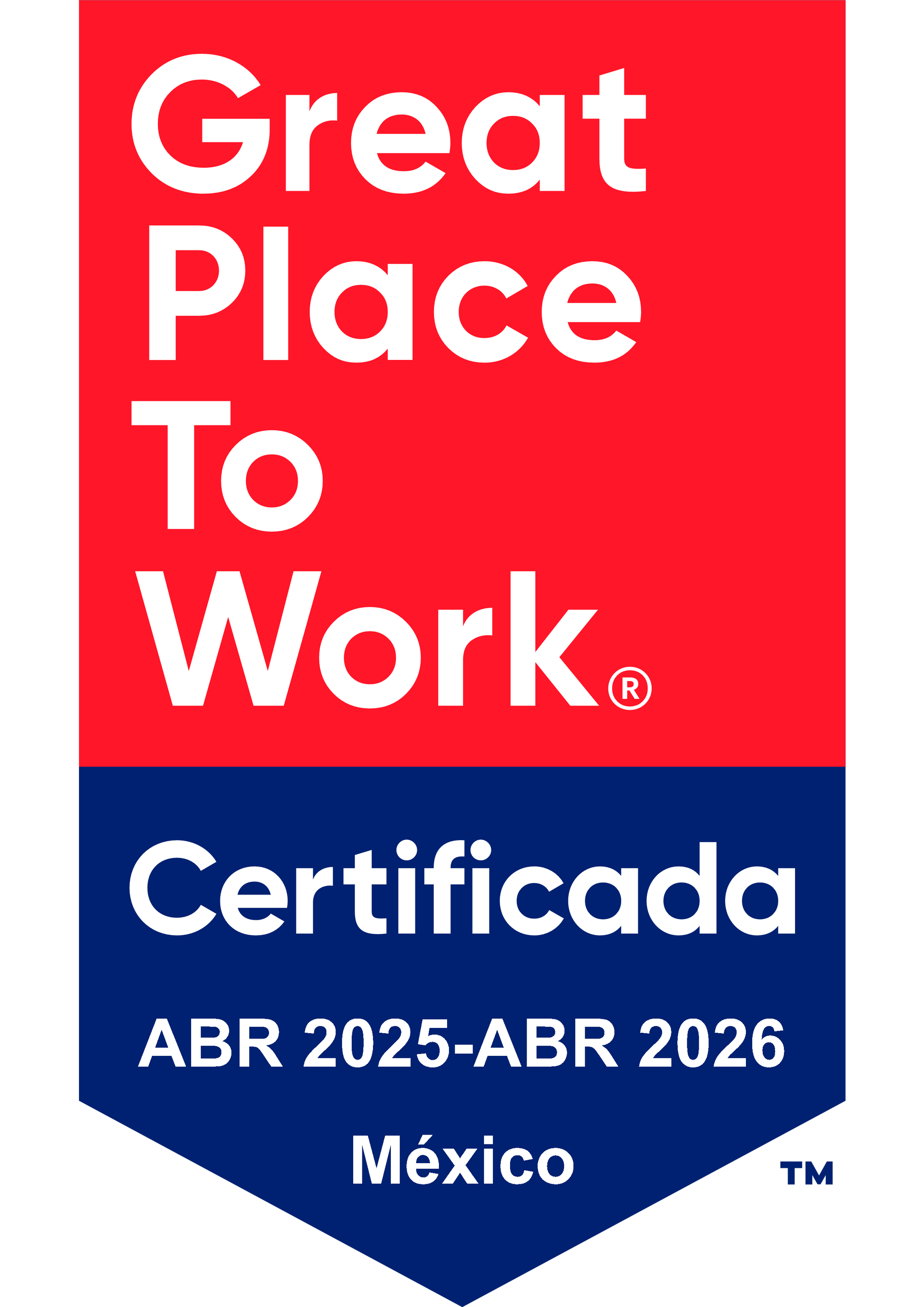How to Listen to Your Employees?
As a leader of your organization, it is important that you make room for listening to your employees. Apart from the fact that this is one of the characteristics of being a good leader, it also establishes the trust, respect, and clarity that make up successful relationships and creates a healthy work environment. Hearing what your employees have to say is important especially if you are in a remote work environment. In a standard office setup, it is much easier for the leaders or managers to gather employee feedback because you are all in the same workplace. It is easy to drive engagement and capture their accomplishments and experiences. Unlike in the situation today where most of the employees are working remotely, how can you ensure that you understand their situation and resolve any issues that they might bring up that affect team performance. But how can you get their opinions? You cannot take for granted that employees will respond to your questions and give meaningful feedback. However, if you explain to your employees that their feedback matters and you show that you are sincere, they will realize that you are willing to help in making changes within your organization.
Why is listening to employees an essential part of building a healthy work relationship?
How can you show that you are interested and want to listen to their appeal? First, let’s talk about the reasons why you need to hear what they have to say.
Employees should feel that you are not dismissing their suggestions or ideas because they might lose their work initiative. If an employee feels that they are not part of the company, it can result in a high turnover rate which is one of the things that an organization should avoid because apart from being costly and expensive, pending tasks will start to pile up and this will result in project delays that will affect the teams’ productivity. Recognizing their hard work and contributions is also a great strategy to motivate them to work efficiently which will benefit the growth of the organization.
What are the effective ways to listen to your employees?
- Make this your top priority: you need to show that this is one of the characteristics or skills that a good leader needs to embody. There are plenty of ways to show that their voices are being heard and their opinions matter. You may conduct monthly surveys, make time for team meetings or virtual meet-ups, and can also do regular team check-ins.
- Be engaged in the conversation: show them that you care, ask questions, and provide key points especially if they already shared their opinions. They will feel that you are paying attention and attempting to understand what matters most to them. Show empathy to create an environment of open communication and more effective feedback.
- Control your reaction or how you respond: of course, there will come a time when you will disagree with their opinion or their reaction might upset you. You must learn how to control your emotions and not overreact, it is also a way to avoid any debate or conflict during the meeting. It is better to outline a solution you think might best fit the situation. Additionally, when employees offer their ideas and differing opinions, be open-minded. It is valuable to listen to your employees because the ground reality is very different from what you may think. It is more realistic and practical.
- Be mindful of your surroundings: look for any verbal and non-verbal cues. These are vital because here you will know how to respond and you will see how they truly feel on certain situations or topics. You can also ask questions like “You seem to be upset about this?” or “is there something you want to share?”. This way, you would gain their trust to open up to you and feel comfortable sharing how they feel.
- Validate the information: it’s better not to make any assumptions. Ask clarifying questions. Do not judge them yet based on how they react or behave. You can acknowledge and even express gratitude for the information they laid out, regardless of how you feel about it, always close the talk with a summary of points heard and the next steps that need to be taken.
Implementing these strategies may not take more than a few weeks, but this should be a constant process. You cannot just say you are going to do this one time and then that’s it. This is a continuous process of asking for feedback, assessing the feedback, and making the changes, and then you begin the entire cycle again.
It is important that you know how to start and implement your strategy. You must create a plan of action and you must gather the data that you capture and determine what should be the next step to improve the process. Having a company culture where people can bring their ideas to work has been associated with many favorable outcomes. One of the obvious results is getting their jobs done more efficiently. Investing in your people’s abilities and helping them solve their problems and settling conflicts within your organization is a lot cheaper compared to investing in new equipment, software, or improvement programs. Remember your goal here is to build high-performance leaders, teams, and cultures.
Having this kind of game plan will help your business drive success and improve your leadership capabilities. Make significant changes, or you might lose your employees entirely.














